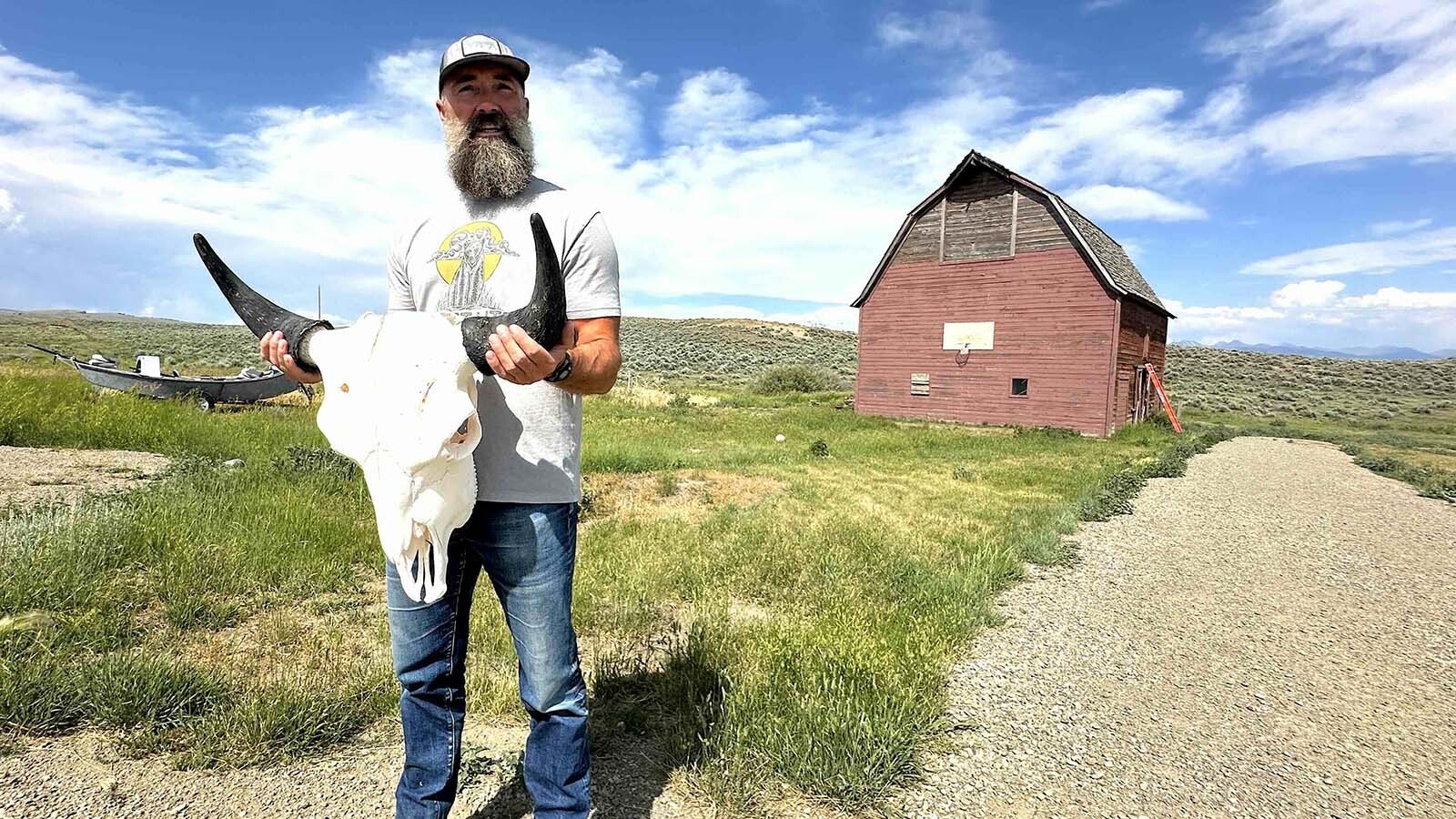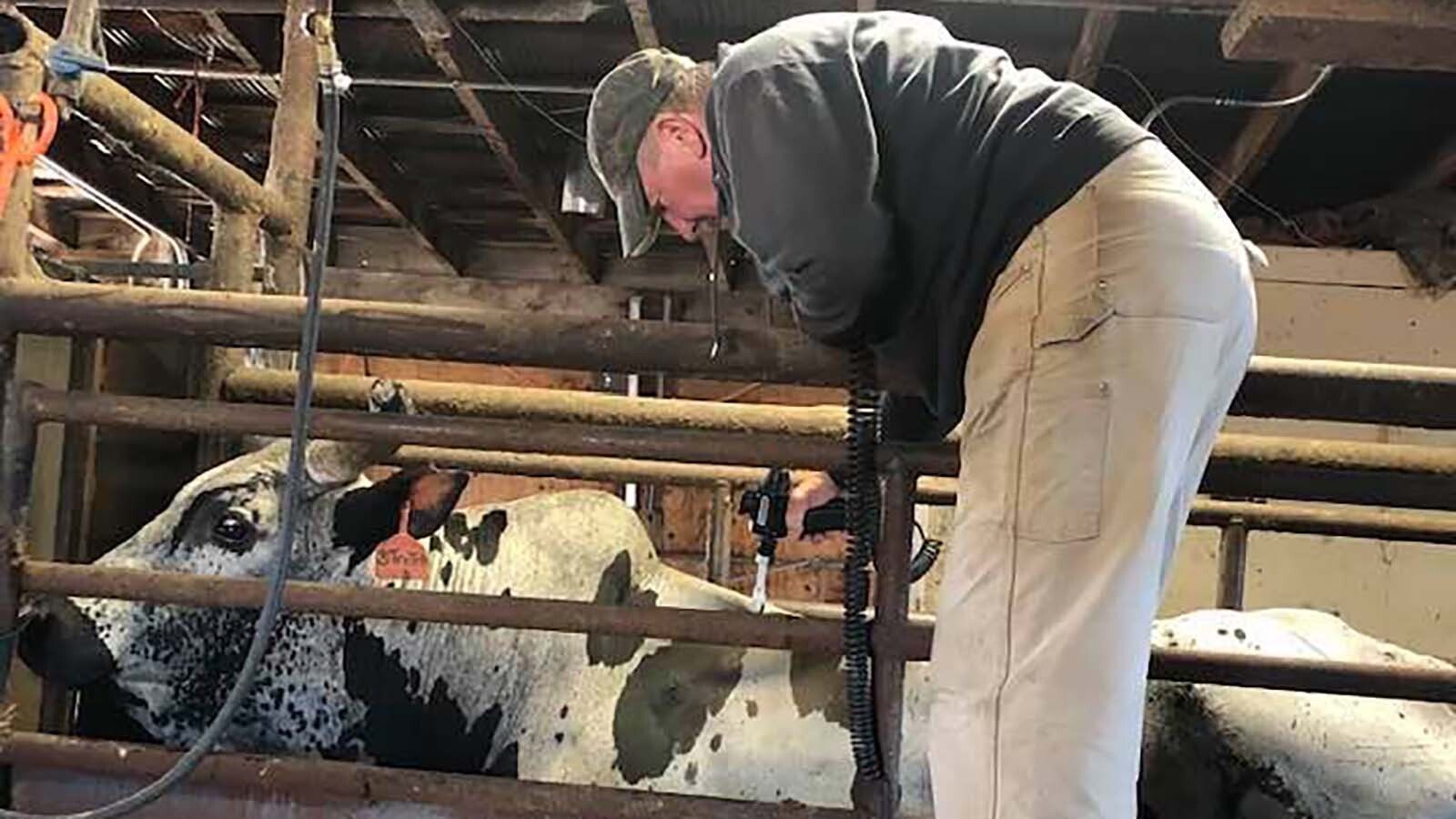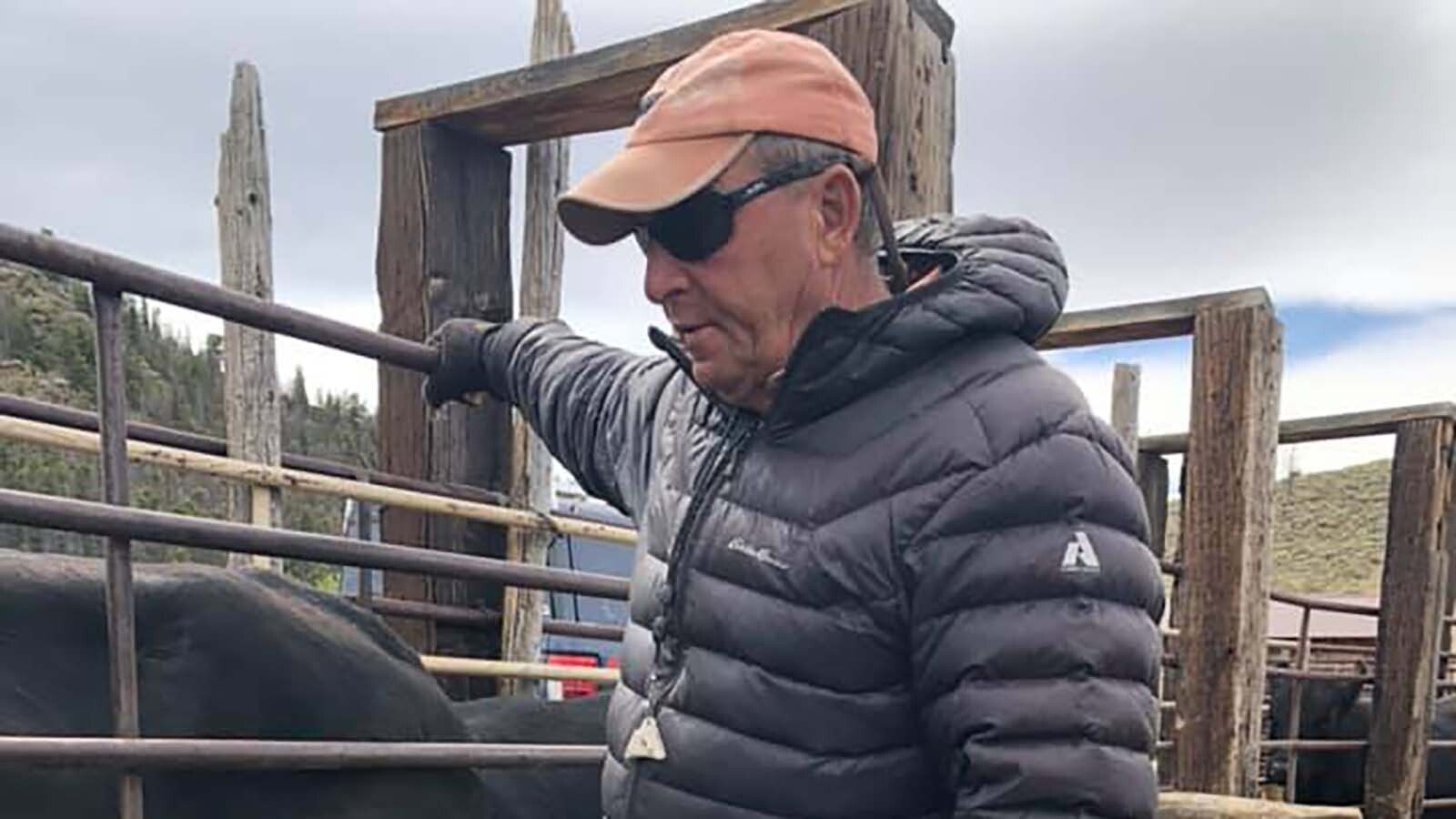Every so often, Vincent Boulder of Cheyenne likes to check in on the price of his homeowner and auto insurance policy, just to make sure the numbers are where he expects them to be.
It’s a good practice and, because he was paying attention, he found out before too much time had passed that his insurance rates through USAA had dramatically increased.
“When I looked, my policy was over $4,600 for the year,” Boulder told Cowboy State Daily. “And I was like, ‘Wow, that is definitely not the number I should be seeing.’”
When he pulled up his previous year’s policy, just to be sure he wasn’t imagining that his insurance used to be much cheaper, he saw that it had been $1,900 for a year, or $2,700 cheaper.
“So, it’s more than doubled,” Boulder said. “And I just got really annoyed with that, so I threw it out there on Facebook so other military families would see it as well.”
Boulder’s not the only one facing dramatically higher insurance rates. His Facebook post immediately attracted dozens of other people commenting they’ve had similar spikes in rates from their insurance carriers.
Getting Dropped Altogether
Some customers aren’t getting higher than usual renewals, they’re getting dropped altogether — despite being longstanding customers.
“Story, Wyoming, FYI,” Dale Reeser posted on Facebook. “Anyone with Allstate Homeowners Insurance will be canceled when you are up for renewal. We just got our notice. It said we are in a designated wildfire area.
“Fifty-two years, $450,000 in premiums with them and not one claim. Also took them six months to come up with this determination. What if you had a claim? Good luck.”
Reeser told Cowboy State Daily their ordeal began six months ago with a renewal notice from Allstate.
“We thought it was kind of odd,” Reeser said. “We’d never gotten a renewal letter like this before.”
Reeser’s wife Cindy, who has been an insurance agent, told her husband they were being “prepared.”
Next thing the Reesers knew, an inspector had come out to their home, listing all kinds of things the insurer said would have to be corrected.
“The inspector claimed that we didn’t have spark arresters on top of the flues, which we do,” Dale Reeser told Cowboy State Daily. “We have two wood-burning stoves, one in our home, and I have a big new shop, and both of those wood-burning stoves were installed by, check this out, the assistant fire chief of Story, Wyoming.”
The whole thing has left Reeser feeling that the process was a sham to lay a paper trail for a decision that had already been made for when the couple would receive their renewal notice.
“Bottom line, 52 years, and it’s morphed into this, you’re not really covered in the end,” Reeser said.
It’s A Perfect Storm
It may be a cliche, but a “perfect storm” is exactly what’s happening now in the insurance industry, said Rocky Mountain Insurers Association’s Executive Director Carole Walker.
“Everything that insurance pays for is going up at a record pace,” Walker said. “So, the cost to repair and rebuild from lumber to glass to labor shortages — all of those things are escalating, along with inflation.”
Costs that insurers pay to insure themselves, what is called re-insurance, are also going up at record rates.
“At the same time, we’re seeing record-breaking catastrophes and the risk going up,” she said. “So that includes for Wyoming, wildfire risk or if you’re in a hail-prone area like Cheyenne, hail risk. It’s the most challenging property insurance market that we’ve seen in a generation.”
Walker said many insurance companies over the past 10-15 years have been adding mitigation requirements to their policies. That typically means an inspection of the property that might consider everything from the type of roof to whether there is wood on the deck.
“The good news in Wyoming is we do have currently a stable competitive market,” Walker said. “So, you can still shop for insurance, and if you’re too high a risk for one insurer, you may find it with another.”
But the reality of the current market means that consumers need to consider mitigation steps they can take to make their homes more insurable, Walker said.
“Make sure you’re talking to your insurance company about what mitigation steps they would require, and hopefully those are also going to make your own home safer,” she said. “And if you do it, great. If your neighbor does it, even better. But if your community is working toward you know, community wildfire mitigation, that’s a positive step.”
For tips about mitigating insurance costs, Walker recommended the Insurance Institute for Business and Home Safety and the Rocky Mountain Insurance Information Association.
Not Just Mountain West
The issues aren’t just being seen in Story, Cheyenne or even throughout Wyoming, Wyoming Department of Insurance Commissioner Jeff Rude told Cowboy State Daily. It’s not even confined to the Intermountain West.
“These insurers are realizing that you don’t have to be in the middle of a mountain to have a fire risk,” Rude said. “Look at the Boulder fire, which was massive, and that wasn’t necessarily in a forest area. And the panhandle of Texas fire, a million and a half acres, and that was wildfire on an open prairie.”
As a result of double and triple price spikes, some states are looking at capping insurance rates, Rude said, and possibly even requiring policies be written so insurers can’t just drop customers in areas they don’t want to cover any more.
“But what they found there was the insurers just said, ‘Well, we’re not going to do that business, then,’” Rude said “‘We’re not going to write wildfire coverage anymore.’”
Rude has talked with commissioners in Montana, Idaho, Nevada and Utah about potentially forming a risk pool, which could be used to help underwrite some of the risk.
For that to work in Wyoming, Rude said he would envision a state survey to see who is being hit the hardest by the insurance rate increases.
“It’s something we’ve talked about,” he said. “It’s just a matter of getting it off the ground, and if there’s a willingness of the state to do things like that.”
Rude said he’s been recommending in the meantime that those facing insurance spikes do a little bit of shopping around.
“We actually have 87 companies that can write a policy for fire coverage,” he said. “The reality is 40 of those companies really make up the bulk of wildfire coverage. But, so there’s still 40 companies that do it.”
That ratio, Rude added, is fairly consistent among states he’s compared Wyoming to, such as South Dakota, North Dakota and a couple of others.
“So, we’re not getting hit harder than them, and we have carriers out there, so it’s not a crisis yet. They’re still writing coverage,” he said. “So I think it’s, you know, it’s going to be working with an agent, and they’re going to have to really do their homework and work hard for their clients.”
Renée Jean can be reached at renee@cowboystatedaily.com.





